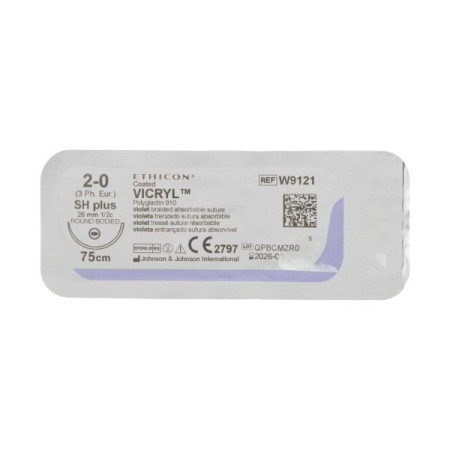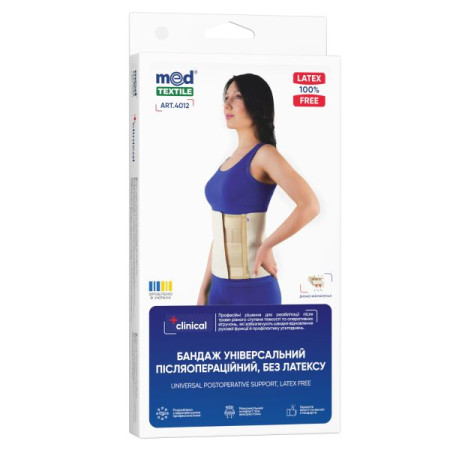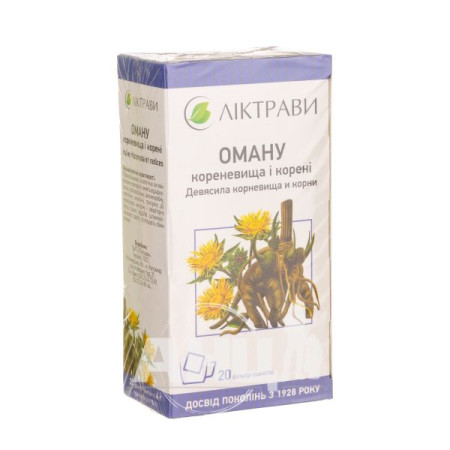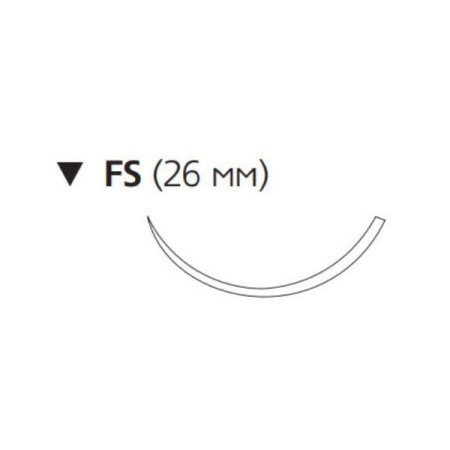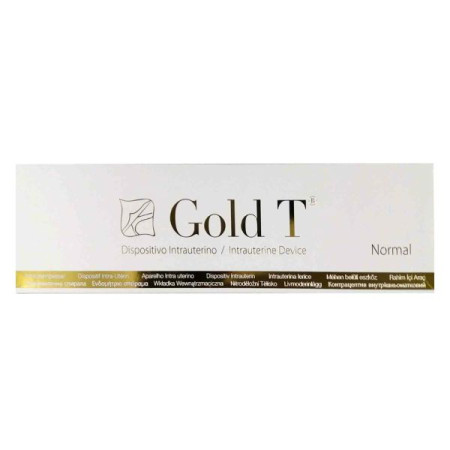Corvaltab tablets blister pack No. 100

Instructions for Corvaltab tablets blister No. 100
Composition
active ingredients: ethyl ester of α-bromoisovaleric acid, phenobarbital, peppermint oil;
1 tablet contains α-bromoisovaleric acid ethyl ester – 8.2 mg; phenobarbital – 7.5 mg; peppermint oil – 0.58 mg;
Excipients: β-cyclodextrin, potato starch, lactose monohydrate, microcrystalline cellulose, magnesium stearate.
Dosage form
Pills.
Main physicochemical properties: tablets of white or almost white color with inclusions, round shape, with a flat surface and chamfers, with a specific odor.
Pharmacotherapeutic group
Sleeping pills and sedatives.
ATX code N05C B02.
Pharmacological properties
Sedative, vasodilator, antispasmodic. Helps reduce the excitability of the central nervous system, has a calming effect and facilitates the onset of natural sleep. Ethyl ester of α-bromizovaleric acid, which is part of the drug, has a sedative and antispasmodic effect similar to the effect of valerian extract; in large doses it also causes a mild hypnotic effect. Phenobarbital has a sedative and moderate antispasmodic effect. Peppermint oil has a reflex vasodilator and antispasmodic effect.
Indication
Neuroses with increased irritability;
insomnia;
in the complex therapy of hypertension and vegetative-vascular dystonia;
mild coronary spasms, tachycardia;
intestinal spasms caused by neurovegetative disorders (as an antispasmodic drug).
Contraindication
Hypersensitivity to the components of the drug; severe liver and/or kidney dysfunction; acute hepatic porphyria; severe heart failure, severe arterial hypotension, acute myocardial infarction, diabetes mellitus, depression and depressive disorders with a tendency of the patient to suicidal behavior, myasthenia gravis, alcoholism, drug and medication addiction, respiratory diseases with shortness of breath, obstructive syndrome. Pregnancy and breastfeeding. Children's age.
Interaction with other medicinal products and other types of interactions
Phenobarbital induces liver enzymes and, accordingly, can accelerate the metabolism of some drugs metabolized by liver enzymes (including paracetamol, salicylates, indirect anticoagulants, cardiac glycosides (digitoxin), antimicrobials (chloramphenicol, doxycycline, metronidazole, rifampicin, sulfonamide), antivirals, antifungals (griseofulvin, itraconazole), antiepileptics, anticonvulsants, psychotropics (tricyclic antidepressants), oral hypoglycemics, hormonal (estrogens, progestogens, corticosteroids, thyroid hormones), immunosuppressives (glucocorticosteroids, cyclosporine, cytostatics), antiarrhythmics, antihypertensives (β-blockers, calcium channel blockers) drugs, etc.).
Phenobarbital enhances the effect of analgesics, local anesthetics, neuroleptics, tranquilizers. Phenobarbital can accelerate the metabolism of oral contraceptives, which leads to a loss of their effect. During simultaneous use of the drug with other drugs that depress the central nervous system, mutual enhancement of the effect is possible, which may be accompanied by respiratory depression. The effect of the drug is enhanced against the background of the use of valproic acid drugs, alcohol. Alcohol enhances the effect of the drug and may increase its toxicity. It may affect the concentration of phenytoin in the blood, as well as carbamazepine and clonazepam. The drug increases the toxicity of methotrexate. Drugs that have the properties of acids (ascorbic acid, ammonium chloride), and drugs containing valproic acid, enhance the effect of barbiturates. MAO inhibitors prolong the effect of phenobarbital. Rifampicin may reduce the effect of phenobarbital.
The risk of kidney damage increases with the simultaneous use of phenobarbital with gold preparations. With prolonged simultaneous use with nonsteroidal anti-inflammatory drugs, there is a risk of stomach ulcers and bleeding.
Concomitant use of phenobarbital with zidovudine increases the toxicity of both drugs.
Application features
During treatment with the drug, it is not recommended to engage in activities that require increased attention, rapid mental and motor reactions.
While taking the drug, you should avoid drinking alcoholic beverages.
Life-threatening skin reactions, including Stevens-Johnson syndrome or toxic epidermal necrolysis (Lyell's syndrome), have been reported with phenobarbital, most likely in the first weeks of treatment. Therefore, if characteristic symptoms (e.g. progressive skin rash, often with blisters, and mucosal lesions) occur, the drug should be discontinued and no further use of phenobarbital-containing drugs should be considered. Early diagnosis and immediate discontinuation of the drug that may have caused the symptoms of Stevens-Johnson syndrome or toxic epidermal necrolysis allow for the best possible treatment results.
Long-term use is not recommended due to the risk of developing drug dependence, possible accumulation of bromine in the body and the development of bromine poisoning. Barbiturates are characterized by withdrawal syndrome.
In cases where pain in the heart area does not go away after taking the drug, you should consult a doctor to rule out acute coronary syndrome. The drug should be prescribed with caution in decompensated heart failure (see the section "Contraindications"), arterial hypotension, hyperkinesias, hyperthyroidism, adrenal hypofunction, acute and constant pain, acute drug intoxication.
Patients with rare hereditary forms of galactose intolerance, the Lapp lactase deficiency or glucose-galactose malabsorption should not take this medicinal product due to the lactose content.
Use during pregnancy or breastfeeding
Pregnancy period
The use of the drug during pregnancy is contraindicated.
Barbiturates increase the likelihood of fetal pathology. When using phenobarbital during the third trimester of pregnancy, physical dependence may occur, leading to withdrawal syndrome in the newborn, which is manifested by convulsions, agitation, and blood clotting disorders. The use of phenobarbital during labor may lead to respiratory depression in the newborn.
Breastfeeding period
The use of the drug during breastfeeding is contraindicated.
Phenobarbital passes into breast milk in significant amounts and can depress the infant's central nervous system.
The ability to influence the reaction speed when driving or working with other mechanisms
The drug may cause impaired coordination of movements, speed of psychomotor reactions, drowsiness and dizziness, therefore, during the period of treatment, patients are not recommended to work with dangerous mechanisms and drive vehicles.
Method of administration and doses
The dosage and duration of the treatment course are determined by the doctor individually for each patient.
Adults are usually prescribed 1–2 tablets of the drug 2–3 times a day before meals.
For tachycardia and coronary artery spasms, a single dose can be increased to 3 tablets.
Children
There is no experience in the treatment of children, therefore the drug should not be used in pediatric practice.
Overdose
Overdose is possible with frequent or long-term use of the drug, which is associated with the cumulation of its components. Long-term and constant use can lead to dependence, withdrawal syndrome, and psychomotor agitation.
Symptoms of acute poisoning with barbiturates of mild or moderate severity: dizziness, increased fatigue, deep sleep from which the patient cannot be awakened. Hypersensitivity reactions may occur: angioedema, itching, rash (in particular urticaria).
Symptoms of acute severe barbiturate poisoning: central nervous system depression, up to deep coma, accompanied by tissue hypoxia; shallow breathing, initially accelerated, then slowed down; respiratory depression, up to its cessation; depression of cardiovascular activity, including rhythm disturbances; decreased blood pressure, up to a collapse-like state; decreased body temperature, decreased diuresis, rapid heartbeat or bradycardia, weakened or absent reflexes, nystagmus, headache, nausea, weakness.
If poisoning is left untreated, death is possible due to vascular insufficiency, respiratory paralysis, or pulmonary edema.
0therapy is symptomatic (primarily monitoring of the body's main vital functions: breathing, pulse, blood pressure). Cases of acute poisoning with the drug should be treated in the same way as poisoning with other hypnotics and barbiturates, depending on the severity of the symptoms of poisoning. Patients may require intensive care. It is necessary to stabilize and normalize breathing and blood circulation. Respiratory failure is overcome by artificial respiration, shock is stopped by infusion of plasma and plasma substitutes. If a short time has passed since taking the drug (no more than 6 hours), it is necessary to perform gastric lavage with subsequent administration of a sorbent (activated carbon) and sodium sulfate. In order to quickly remove the barbiturate from the body, forced diuresis with alkalis, as well as hemodialysis and/or hemoperfusion, can be performed.
Symptoms of bromine poisoning: central nervous system depression, depression, confusion, ataxia, apathy, conjunctivitis, rhinitis, lacrimation, acne, purpura.
Treatment: the elimination of bromine ions from the body can be accelerated by administering a significant amount of table salt solution with the simultaneous administration of saluretics.
If hypersensitivity reactions occur, desensitizing medications should be prescribed.
Side effects
The drug Corvaltab is usually well tolerated.
In some cases, the following side effects may occur:
Immune system disorders: hypersensitivity reactions, including angioedema, allergic reactions (including skin rash, itching, urticaria).
Nervous system: asthenia, weakness, ataxia, impaired coordination of movements, nystagmus, hallucinations, paradoxical excitement, decreased concentration, fatigue, slowed reactions, headache, cognitive impairment, insomnia (mainly in elderly patients), confusion, drowsiness, dizziness, depression.
On the part of the gastrointestinal tract: nausea, vomiting, constipation, feeling of heaviness in the epigastric region, with prolonged use - impaired liver function.
From the side of the hematopoietic system: anemia, thrombocytopenia, agranulocytosis, megaloblastic anemia.
From the cardiovascular system: arterial hypotension, bradycardia.
Respiratory system: difficulty breathing.
Skin and subcutaneous tissue disorders: increased skin photosensitivity (photosensitivity), polymorphic exudative erythema, Stevens-Johnson syndrome, toxic epidermal necrolysis (Lyell's syndrome), exfoliative dermatitis.
Musculoskeletal: With prolonged use of drugs containing phenobarbital, there is a risk of impaired osteogenesis. There have been reports of decreased bone mineral density, osteopenia, osteoporosis, and fractures in patients who have used phenobarbital for a long time. The mechanism of action of phenobarbital on bone metabolism has not been established.
Others: fever, lymph node enlargement, leukocytosis, lymphocytosis, leukopenia, collapse.
Prolonged use of phenobarbital may lead to folate deficiency, impotence, drug dependence, and withdrawal syndrome, which usually occurs with abrupt discontinuation of the drug and is accompanied by nightmares and nervousness.
Expiration date
2 years.
Storage conditions
Store out of the reach of children, in the original packaging at a temperature not exceeding 25 °C.
Packaging
10 tablets in a blister; 2 and 10 blisters in a cardboard pack.
Vacation category
Over-the-counter – No. 10 and No. 10×2. Prescription – No. 10×10.
Producer
"Pharma Start" LLC.
Address
Ukraine, 03124, Kyiv, Vaclav Havel Boulevard, 8.
In case of side effects and questions regarding the safety of the medicinal product, please contact the Pharmacovigilance Department of ASINO UKRAINE LLC at the address: Vaclav Havel Boulevard, 8, Kyiv, 03124, tel/fax: +38 044 281 2333.
There are no reviews for this product.
There are no reviews for this product, be the first to leave your review.
No questions about this product, be the first and ask your question.





